Education
A battle over religion and schools in Oklahoma could decide the future of the First Amendment
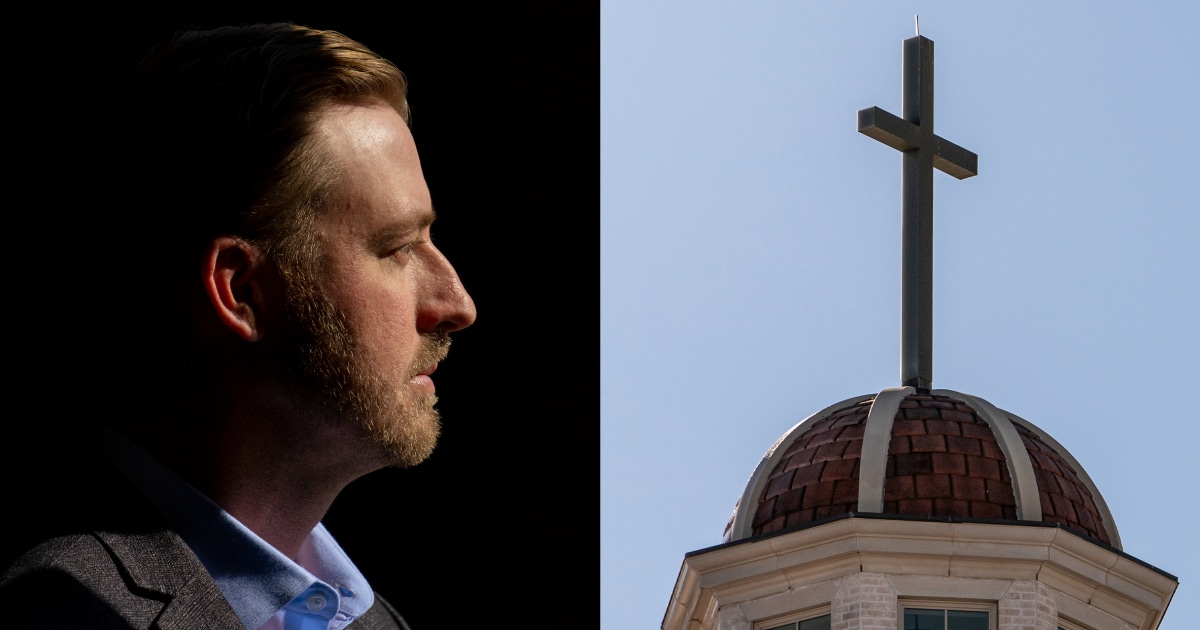
At the heart of the religious school case and others like it is the Constitution’s First Amendment — and two provisions about freedom of religion that are in tension with each other. They are the establishment clause, which forbids the government from endorsing one religion over another or setting up its own church, and the free exercise clause, which says everyone has a right to express their own religious beliefs.
Generations of children were taught in school about how Thomas Jefferson said in an 1802 letter that there is “a wall of separation between church and state.” In the past, the Supreme Court interpreted that sentiment broadly, and government officials, including those running public schools, followed suit. Any actions that could potentially be interpreted as a sign that the government endorsed religion were largely off-limits.
Now, the religious school case from Oklahoma could change the longtime understanding of the First Amendment throughout the U.S.
Walters and others like him believe that the Supreme Court got it wrong in the past. They point out that the First Amendment itself says nothing about a “wall of separation” and focus more on their rights under the free exercise clause.
As for the Supreme Court, it now has a 6-3 conservative majority that strongly favors religious rights and in a series of recent decisions has strengthened the free exercise clause, sometimes at the expense of the establishment clause.
But even in deep-red Oklahoma, where President Donald Trump won every county in last year’s election, not everyone is on board with Walters’ hope to water down the establishment clause.
Notably, state Attorney General Gentner Drummond, a fellow Republican, vigorously opposes the religious schools plan, to the extent that he filed his own legal challenge against it, which is what led to the Supreme Court’s involvement.
“We deserve intellectual honesty on this issue. It’s about religious indoctrination,” he said in an interview.
Drummond agreed that attempts to allow prayers in schools could be next on the agenda if the Supreme Court endorses the school proposal.
“The Supreme Court can decide how far it wants to go,” Drummond said.
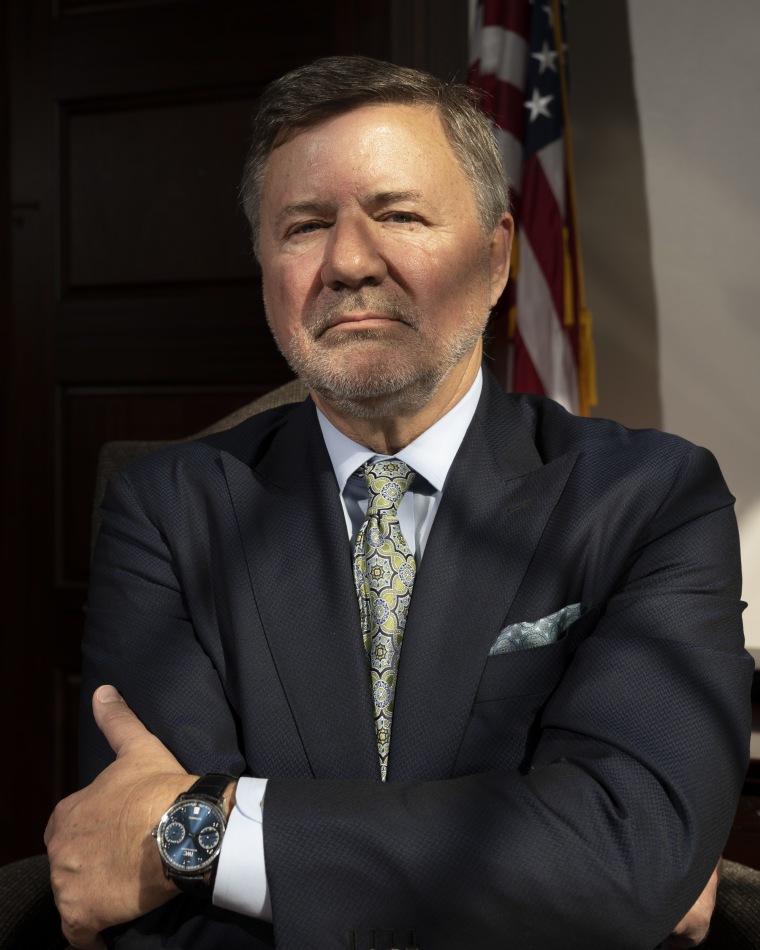
Walters, a former high school teacher, strongly supports the charter school plan, which would funnel taxpayer dollars directly to an entity controlled by the Catholic Church.
But, as his Bible distribution plan shows, he doesn’t want to stop there.
He told NBC News he also believes the Supreme Court’s landmark 1962 Engel v. Vitale ruling that outlawed prayers in public schools should be overturned. The court held in a case arising from New York that the reading of a nondenominational prayer in class, in which students were not required to participate, violated the establishment clause.
The ruling is considered to be such a milestone that it features in high school Advanced Placement government classes, which Walters himself taught, and in the federal judiciary’s own educational materials.
“I think they were dead wrong on that. Individuals have the right to express their religious beliefs. That does not stop in a school building,” Walters said of the decision.
‘Aha moment’
The Covid-19 pandemic, which forced schools across the nation to quickly move operations online, was the genesis of the plan to start a Catholic virtual charter school, according to Michael Scaperlanda, a former law professor who is now chancellor of the Archdiocese of Oklahoma City.
There are already brick-and-mortar Catholic schools in Oklahoma, but they are in urban areas in what is a largely rural state.
But the ease with which schools were able to pivot to online education was an “aha moment” for church officials, Scaperlanda said in an interview at the grand, recently constructed shrine in Oklahoma City that honors Stanley Rother, an Oklahoma-born Catholic priest who was killed in Guatemala.
At that point, Oklahoma’s Statewide Charter School Board was already established and had approved both in-person and virtual nonreligious schools. The church saw an opportunity both to set up a virtual school and find a way to fund it.
It was obvious it would spark a legal challenge, but in consultation with Nicole Garnett, a professor at Notre Dame Law School who along with other conservatives has long argued in favor of religious charter schools, the archdiocese thought it was worth a shot.
Education
Education department threatens to cut funding to school districts over DEI practices
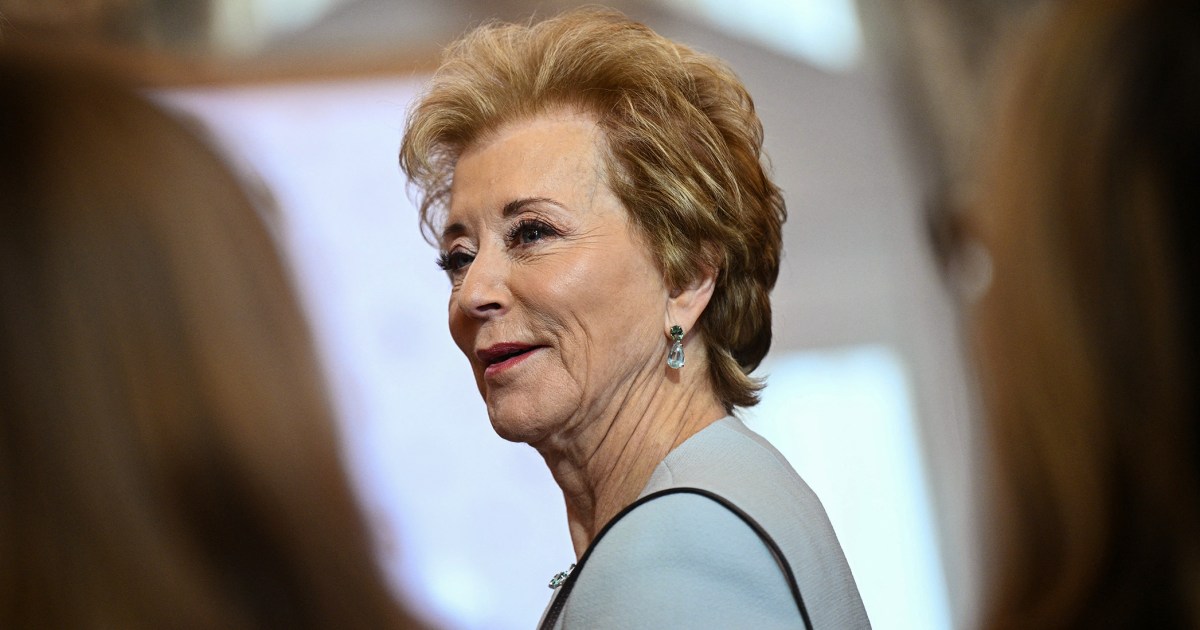
The Trump administration on Thursday threatened to pull federal funding from K-12 districts and states if they don’t certify within 10 days that they do not have unlawful diversity, equity and inclusion practices.
States have to sign and submit a certification form asserting that each of their districts do not give advantages to people based on their race, according to a memo sent to education officials by the U.S. Department of Education. The form itself warns that states or individual schools could be subject to litigation or be forced to pay back funds if they’re found to violate the law.
The directive is the latest in a series of aggressive orders the Trump administration has issued through the department — which it intends to dismantle — to drag the education sector in line with conservative orthodoxy around race and gender.
“Federal financial assistance is a privilege, not a right,” acting Assistant Secretary for Civil Rights Craig Trainor said in a statement. Too many schools, Trainor asserted, use “DEI programs to discriminate against one group of Americans to favor another based on identity characteristics,” which he said violates anti-discrimination law.
The memo sent a “shock wave” through the education world Thursday, said Jonathan Collins, co-director of the politics and education program at Columbia University’s Teachers College. He sees the certification form as a green light to let the federal government comb through districts’ policies, curricular units and other activities to “essentially plant red flags when they see issues.”
“This is quite unprecedented,” Collins said.
While no school has lost federal funding over civil rights violations in decades — not since 1990, according to Education Week — education experts believe the Trump administration is getting closer to making that a reality for those that do not follow its directives.
The Education Department told Maine earlier this week that it may ask the Department of Justice this month to start the legal process of cutting federal dollars from the state’s education agency over policies regarding transgender student athletes. And federal agencies have frozen grants to Ivy League universities over accusations they have not sufficiently addressed antisemitism on campus.
“Is this what the Trump administration calls local control?” Keri Rodrigues, president of the National Parents Union, an advocacy organization, said in a statement. “You can’t say you’re giving control back to states and then dictate how they run their schools.”
Diversity, equity and inclusion, or DEI, is an umbrella term widely used in academic and workplace settings to refer to a range of activities or policies meant to level the playing field for people from historically disadvantaged backgrounds. However, critics contend DEI has been used to inappropriately boost certain students or employees based solely on their race or gender. Conservative activists began to attack DEI in recent years after accusing K-12 schools of teaching an academic concept called critical race theory.
Michael Pillera, director of the educational opportunities project at the Lawyers’ Committee for Civil Rights Under Law, said even if the administration doesn’t pull funding, these directives will likely cause educators to back away from lawful activities to avoid creating a target for the Trump administration.
“The letter in no way changed the law,” said Pillera, who worked in the department’s civil rights office until he resigned last month. “All that changed is the department’s behavior and its desire to intimidate and chill activities and school districts.”
States and schools already have to agree that they will not violate federal civil rights laws if they accept federal funding under Title I, which helps schools with high numbers of impoverished students. The new form attempts to go further, drawing on an earlier directive from the department, sent Feb. 14, that gave schools 14 days to stop using race in admissions, hiring, financial aid, discipline, grading and other aspects of school life.
The American Civil Liberties Union and the National Education Association are currently suing the department, arguing that the Feb. 14 letter oversteps the government’s legal authority and threatens educators’ First Amendment rights. The case is still pending, and the department asked this week for an extension until April 11 to file a response, according to court records.
The Education Department did not immediately respond to a request for comment. Thursday’s memo referenced a frequently asked questions document it issued in February that elaborated on potential violations of anti-discrimination laws. It said the department would consider the facts and circumstances of each case to determine violations, and balance those concerns against First Amendment protections.
Liz King, senior director of education policy at the Leadership Conference on Civil and Human Rights, an advocacy group, said the latest directive could become a “gotcha game” where violations are decided based on how they comport with Trump’s agenda, rather than legal precedent.
“Of course there’s a deadline,” King said. “This is only the latest fire drill in a campaign of chaos and fear.”
Education
Trump administration revokes visas of 10 Colorado international students, universities say
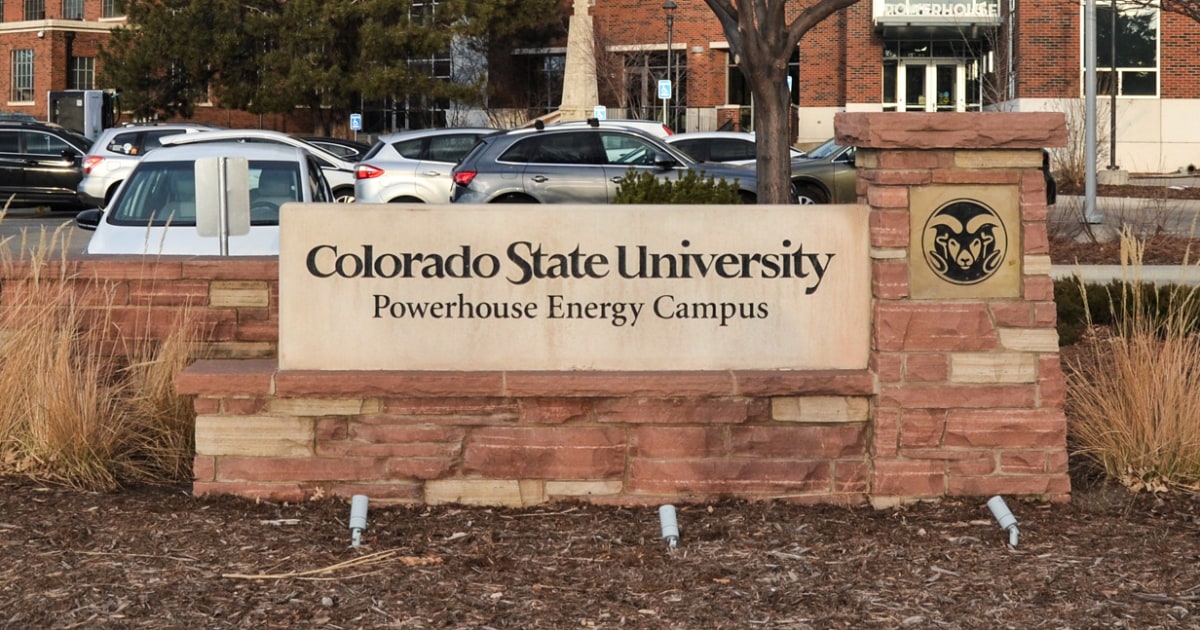
Several international students at Colorado universities have had their visas revoked by the Department of Homeland Security, according to the universities.
Between the University of Colorado and Colorado State University, 10 students have had their F-1 visa, which allows foreign students to study at universities in America, rescinded as of Tuesday evening.
The University of Colorado said four international students were impacted. Meanwhile, six students at Colorado State University had their visas terminated, according to the school.
“We are focused on supporting the success of all of our students, including international students. Each one of our students are seeking to advance their careers and the lives of their families, and we understand the anxieties that visa revocations cause to impacted students,” the University of Colorado said in a statement.
The school added, “We urge any international student with questions or concerns to reach out to their campus’ international student office.”
Colorado State University said the “affected students are advised to immediately contact the embassy of their home country” and “we are working with our state and federal elected officials to ensure that our students are informed of all their options.”
The universities declined to provide additional information or the students’ identity, citing privacy reasons.
The revocation of nearly a dozen visas in Colorado comes after a wave of high-profile arrests of international students across the country in March. The Trump administration has justified its decision to deport the students based on a provision in immigration law. It allows the secretary of state to deport someone if it is determined that the person “would have serious adverse foreign policy consequences for the United States.”
In March, Mahmoud Khalil, a student who took part in the protests at Columbia University, was apprehended by federal immigration officials in New York for allegedly leading activities “aligned to Hamas,” which the United States has designated a terrorist organization.
Another student at Tufts University, Rumeysa Ozturk, was grabbed off the street by federal officers in plain clothes while on her way to break her Ramadan fast with friends over allegations that she “engaged in activities in support of Hamas.”
A year ago, Ozturk co-wrote a student newspaper op-ed criticizing the university’s response to demands that it “acknowledge the Palestinian genocide” and “divest from companies with direct or indirect ties to Israel.”
Authorities also detained Badar Khan Suri, a graduate student from India, who was teaching at Georgetown University on a student visa.
Assistant DHS Secretary Tricia McLaughlin said Suri was “actively spreading Hamas propaganda and promoting antisemitism on social media” and had “close connections to a known or suspected terrorist, who is a senior advisor to Hamas.”
Khalil, Ozturk and Suri do not face known criminal charges.
Last week, Secretary of State Marco Rubio said the State Department had revoked 300 or more student visas.
“It might be more than 300 at this point. We do it every day. Every time I find one of these lunatics, I take away their visas,” he said. “I think it’s crazy to invite students into your country that are coming onto your campus and destabilizing it. We’re just not going to have it. So we’ll revoke your visa.”
Rubio added, “Once your visa is revoked, you’re illegally in the country and you have to leave.”
Education
Nashville school shooter sought fame in 2023 attack that left 6 dead, report finds
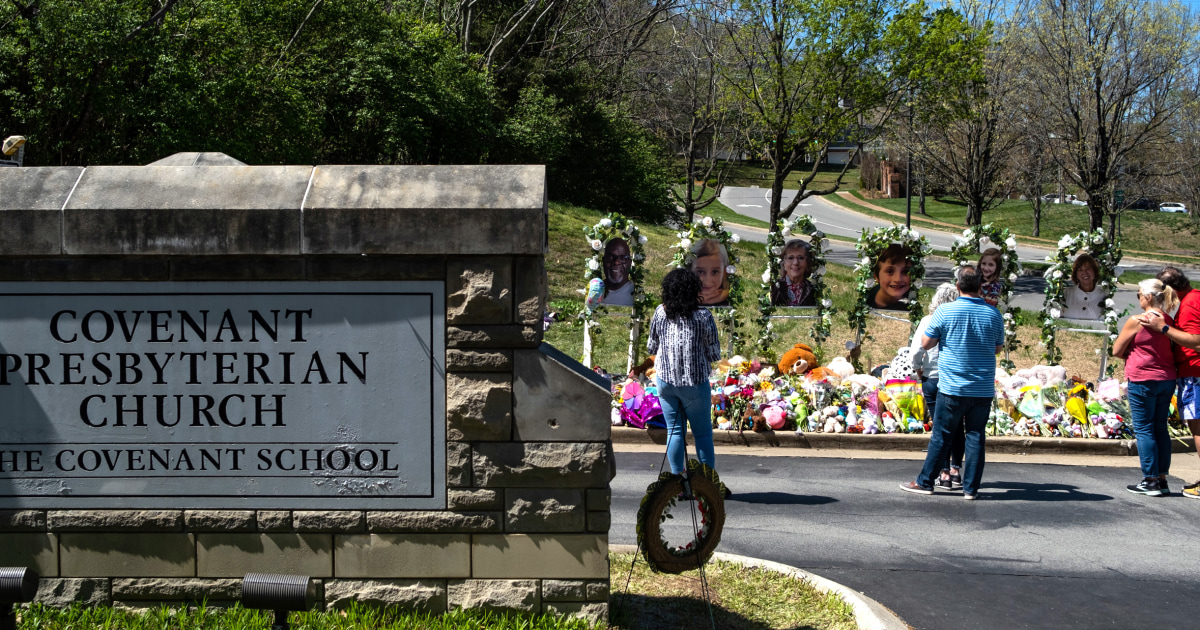
The 28-year-old who fatally shot six people at a Tennessee Christian school was primarily motivated by “notoriety” in the planned 2023 attack, police concluded in a final investigative report released on Wednesday.
Audrey Hale “bore no grudge against the school or staff” of The Covenant School in Nashville on March 27, 2023, when three 9-year-olds and a trio of adults were killed, according to the 48-page Metropolitan Nashville Police Department report.
“In short, the motive determined over the course of the investigation was notoriety,” investigators concluded after two years of examining how and why Hale opened fire that day.
Hale was killed by responding police officers inside the school.
“Hale longed for her name and actions to be remembered long after she was dead. She wanted absolute control of the narrative surrounding the attack, particularly her motives,” the report states.
“She saw herself as a victim in the attack, and even though at times she saw herself equal to those she would kill, there were occasions she considered herself to be ‘the true victim’ in the attack.”
Police detailed Hale’s minute-by-minute actions that day when she left her house at 8 a.m. CDT and went to a gun range, carrying “a duffle bag and backpack, which contained three different firearms, ammunition, and equipment.”
After loading weapons and donning a tactical vest, Hale arrived at the school at 9:53 a.m. and “remained inside her vehicle for the next several minutes and sent a goodbye message to her friend.” Hale used an AR pistol to blast into the school at 10:10 a.m. and killed custodian Mike Hill a minute later. Hale then killed students Evelyn Dieckhaus, William Kinney, and Hallie Scruggs and substitute Cynthia Peak at 10:12 a.m.The first 911 calls from staff were made at 10:13 a.m. at about the same time headmaster Katherine Koonce left her office to investigate a fire alarm, set off by the smoke of Hale’s shooting. Koonce was killed a minute later.Nashville police arrived at 10:19 a.m. and Hale reached a second-floor lobby minutes later to see responding officers pulling into the parking lot. Hale “took up a firing position at the window and opened fire on the officers exiting their vehicles, forcing them to take cover.” That gunfire helped officers identify Hale’s location and upon “finding her in the second-floor lobby firing upon police officers, they shot and killed her” at 10:24 p.m.
Police credited school staff and students for quickly hiding in rooms to prevent even more bloodshed.
“Despite all her research, she never realized schools have developed active killer response plans, which include them barricading within classrooms in a manner which would make it difficult for her to kill others,” the report said. “Once she failed to find easy targets, she appeared to wander the hallways of the building, angry and confused about her lack of success in meeting her goals.”
Police spent the last two years talking to school staff and those close to Hale in addition to poring over the shooter’s devices, writings and online activity.
Hale was fascinated by mass shootings, none more than the attack at Columbine High School in Littleton, Colorado. Fourteen people were killed when two students stormed the school near Denver on April 20, 1999, a massacre that has inspired a wave of copycat school shootings.
Shooters Eric Harris and Dylan Klebold killed themselves at the scene of what was then the deadliest K-12 shooting in U.S. history.
“Yet even though she reviewed information for every mass killing she could find regardless of their motives or the targets they selected, she kept returning to Columbine as her true source of inspiration,” according to the police report.
“She did extensive research into the offenders, Eric Harris and Dylan Klebold, and considered them worthy of emulation. She focused on how their documented mental health history and societal views were similar to her own and how the notoriety they achieved following their deaths led them to becoming ‘gods.’ ”
Hale appeared to be a happy middle school student but struggled transitioning to high school and college as old friends developed new interests and social sets, police said.
At the urging of a therapist, Hale began keeping a journal in 2017, which eventually helped police understand the shooter’s state of mind.
“From 2018 forward, she began to insert her anger more and more into each entry,” police said. “She began to write ‘rage storms,’ which consisted of long, expletive-filled entries devoted to topics that greatly angered her.”
After the shootings, officers found several stuffed animals in the front seat of Hale’s car.
Police would later conclude that those toys might have been, in Hale’s viewpoint, the shooter’s only trusted pals.
“Her isolation and loneliness led Hale to begin believing the only true friends she could confide in were her stuffed animals, who she felt would never abandon her,” police said.
“She assigned them names and personalities, took them with her whenever she travelled, and began creating cartoons and digital media, including stories where they demonstrated some of the same emotions she felt.”
-

 Conflict Zones2 days ago
Conflict Zones2 days agoUS attacks kill 4 in Yemen as second aircraft carrier sent to Middle East | Military News
-

 Lifestyle2 days ago
Lifestyle2 days agoCooking with kids teaches healthy eating and more
-

 Conflict Zones2 days ago
Conflict Zones2 days agoRussia-Ukraine war: List of key events, day 1,133 | Russia-Ukraine war News
-
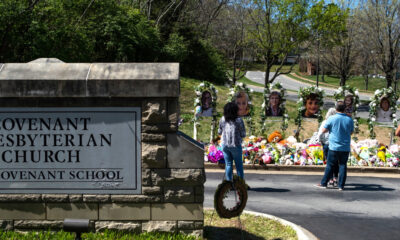
 Education1 day ago
Education1 day agoNashville school shooter sought fame in 2023 attack that left 6 dead, report finds
-

 Europe1 day ago
Europe1 day agoLive updates: Trump announces sweeping new tariffs on imports on ‘Liberation Day’
-

 Asia1 day ago
Asia1 day agoMyanmar’s military government announces temporary ceasefire to aid quake efforts
-

 Sports1 day ago
Sports1 day agoDaria Kasatkina: Russian-born tennis player ‘didn’t have much choice’ over switching allegiances to Australia
-

 Education1 day ago
Education1 day agoA trans teacher in Texas resigns after being targeted by conservatives online




